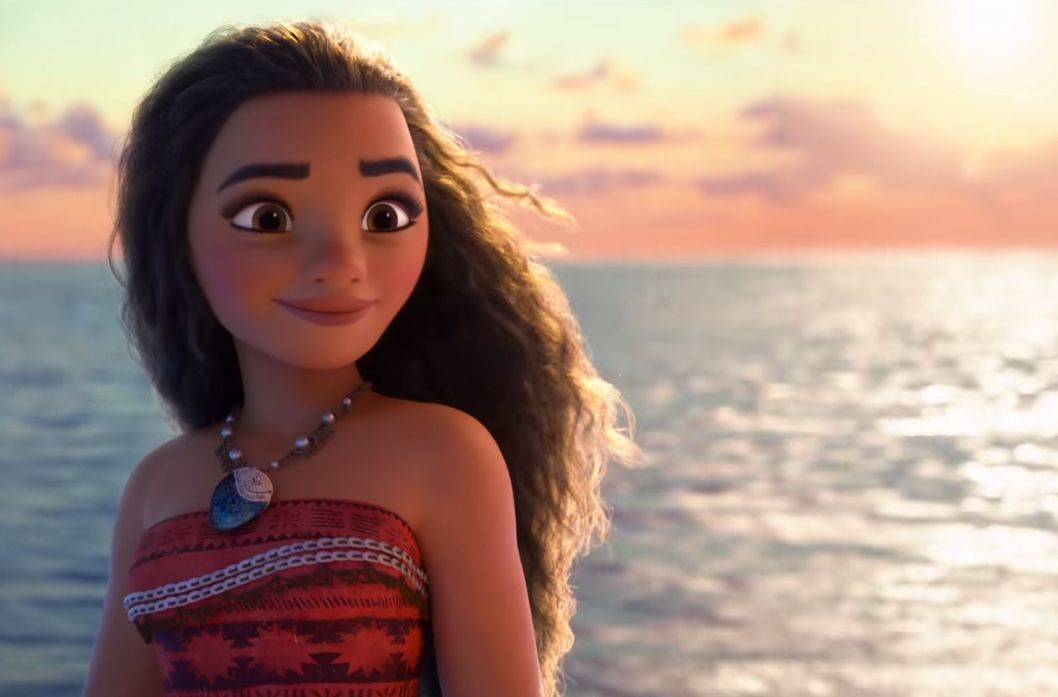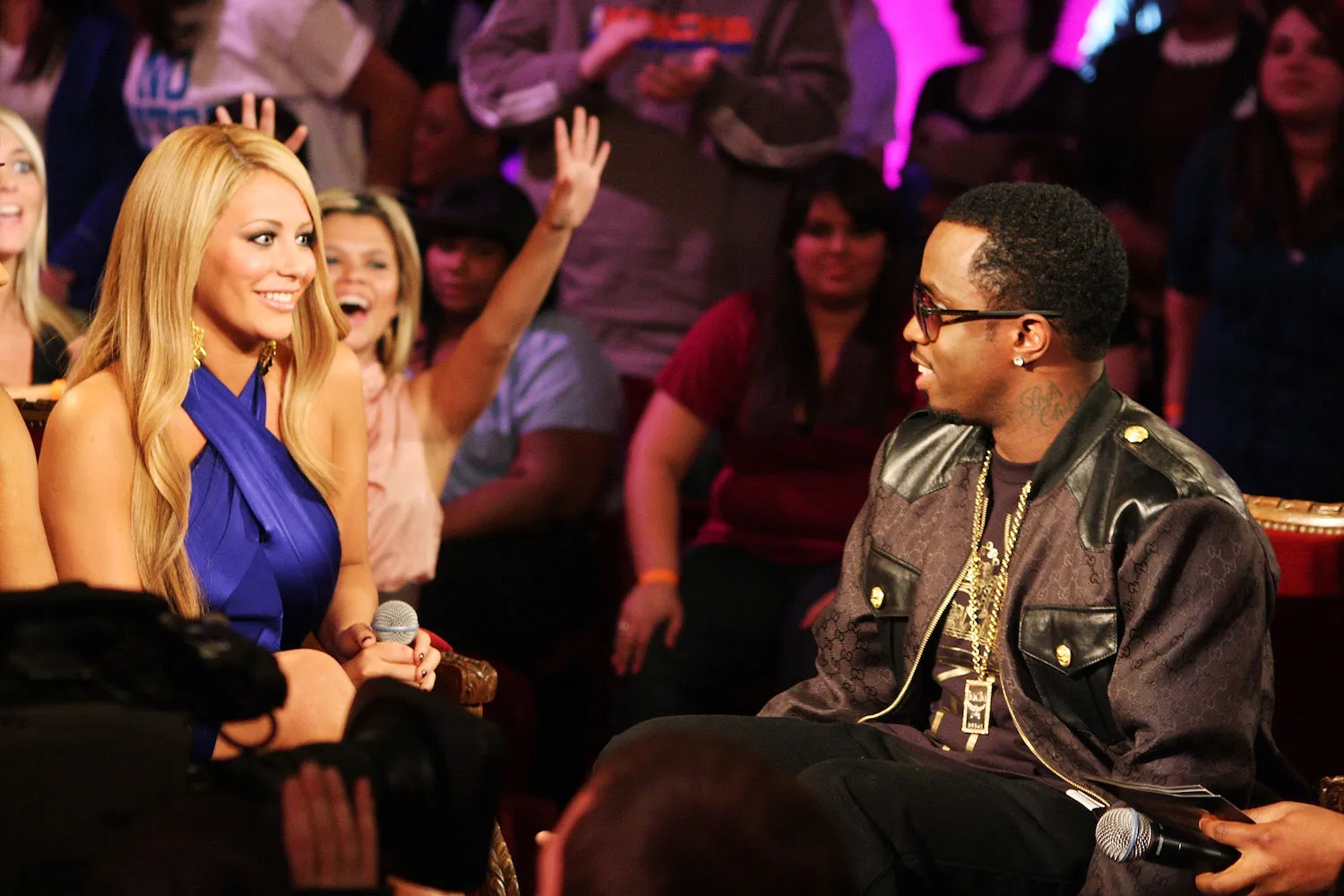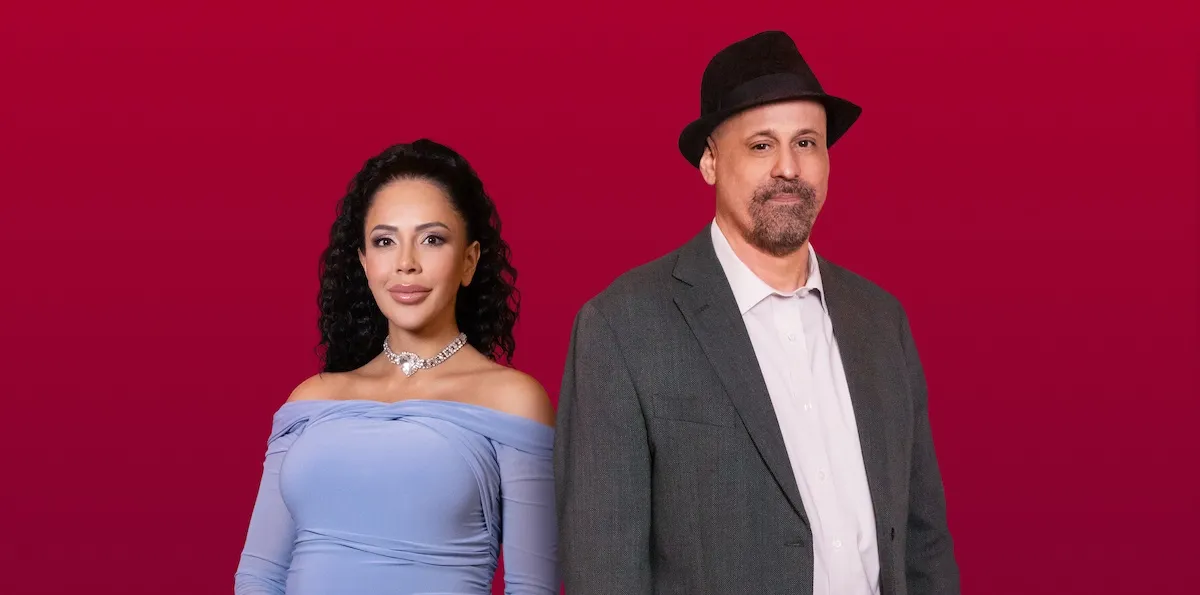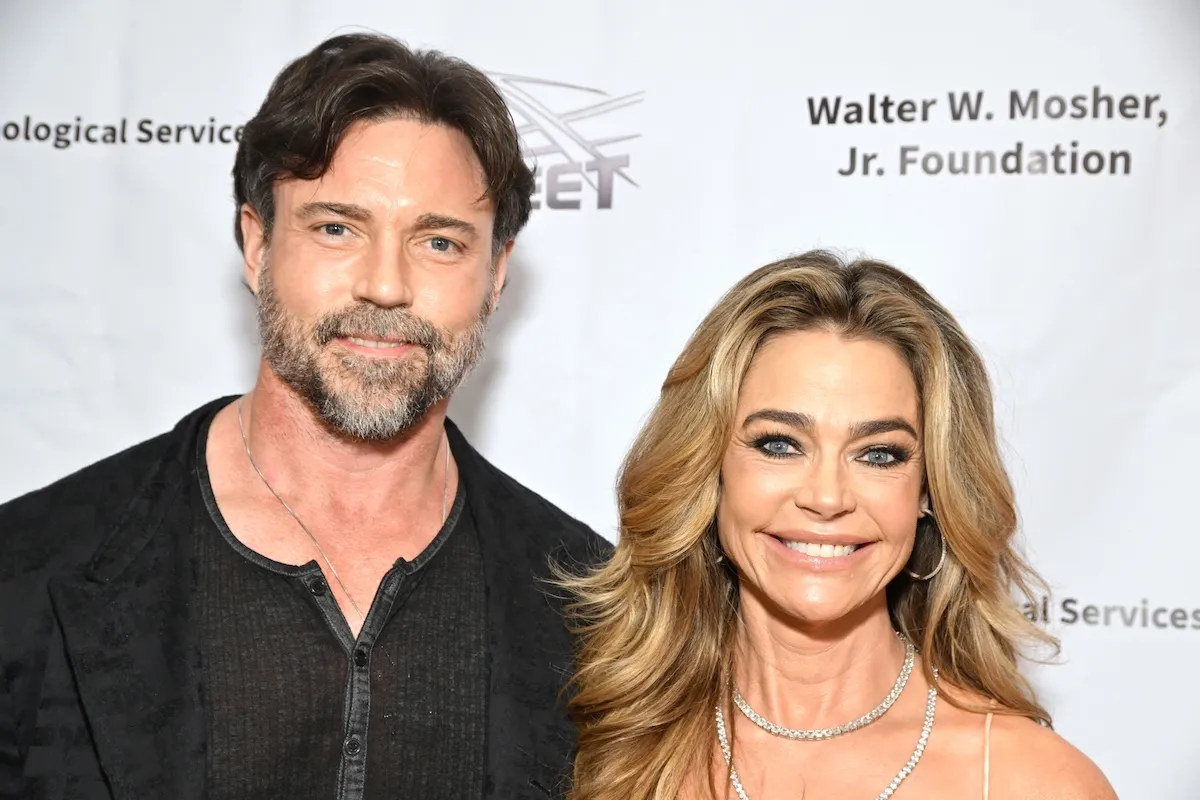‘Moana’: Why Astronomers Were Involved in Perfecting the Disney Film
Getting scientific facts right in movies nowadays seems a bigger priority in a time when science is under assault. Plus, when having pop culture physicists like Neil deGrasse Tyson calling out any movies doing science wrong, the push is on to get it correct. Fortunately, Disney is known for taking greater pains in research.
In the film Moana, the nighttime sky is featured considerably (thousands of years before city lights!), giving rise to making sure it looked realistic. Rather than lazily place random constellations in the sky via digital effects, the production team went a different route to ensure accuracy on the Disney film.
The story on this should inspire other movies to take scientific facts to heart and maintain accuracy rather than assume it never matters.
Research going into ‘Moana’ was extensive
Considering Moana depicted the early history of Polynesia from 2000 years ago, the producers were not going to go into this blind to history. According to Oh My Disney, the team hired numerous researchers to make sure all aspects of history remained true.
They called this group the Oceanic Story Trust since it comprised experts in numerous fields to consult on Pacific Island history. This was very much grounded in the traditions of Disney history since Walt Disney would often research things extensively when depicting something about historical events. Even then, of course, there was the usual Disneyfication of the subject.

Moana was no different if being perhaps the most historically accurate of any animated feature made through the Mouse House. These above experts were everyone from anthropologists to cultural advisors.
Most interesting out of this group was a group of astronomers hired to make the nighttime sky seen 2,000 years ago look exactly as how real Polynesians likely saw it.
How accurate did they really get the skies in ‘Moana’?
Oh My Disney above revealed that thanks to astronomers having ability now to research what constellations looked like in the sky 2,000 years ago, they could bring more accuracy to Moana. Yes, all stars seen in the nighttime sky are based on real science.
Not that can anyone really back this up unless there really is a 2,000-year-old man living somewhere on the planet. There does happen to be real science behind how astronomers do this, however.
Thanks to space telescopes seeing farther into the deepest regions of our galaxy, astronomers now gain a better idea of what sky visibility was like far beyond 2,000 years. Some have even depicted what the skies looked like 10 billion years ago when galaxies were still forming.
Based on how astronomy works, astronomers can also determine constellation imagery going back thousands of years. Being able to do that for an animated Disney movie was a first.
Will more movies continue being scientifically accurate?
Looking at the above trivia about Moana, one can see even more research went into the film than what Disney (or other studios) had ever attempted. With more attention to science nowadays and how much it needs to stay accurate for our benefit, Moana perhaps set a new standard.
Also, with the watchful eye of Neil deGrasse Tyson on cinematic scientific accuracy, every movie should hire scientific researchers. No movie wants to be called out by Tyson on TV or in an article considering he holds considerable sway in pop culture.
On Tyson’s StarTalk series back in 2018, he even covered the topic of stars and how they helped early navigators. Moana became referenced in this episode, giving major scientific cred to Disney.
Whether other studios will do the same is up in the air, especially since movies with elements of science may not be around for a while in the age of COVID-19.


